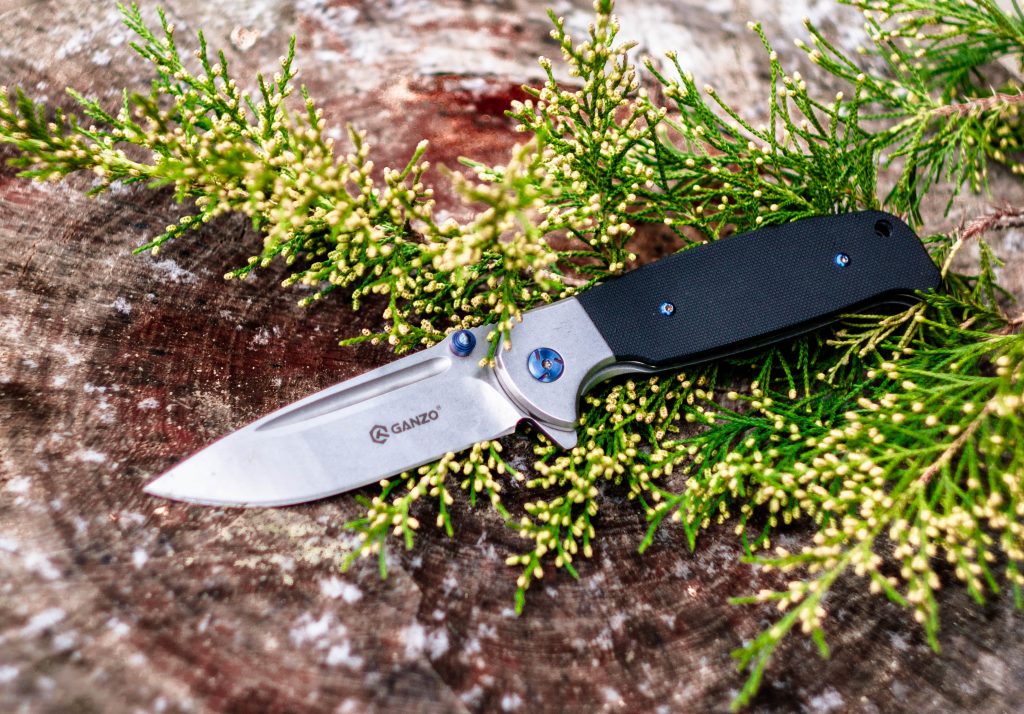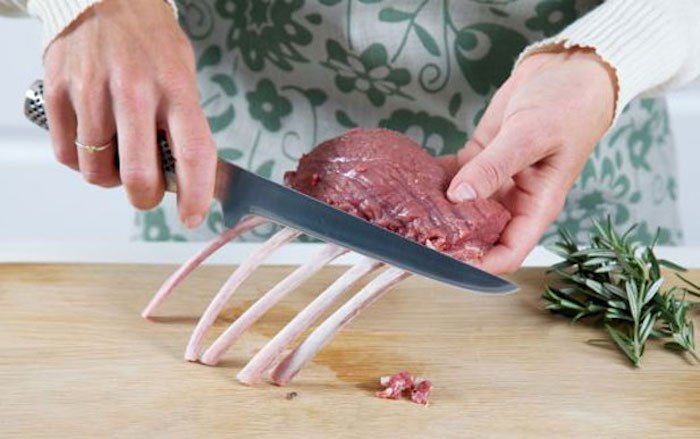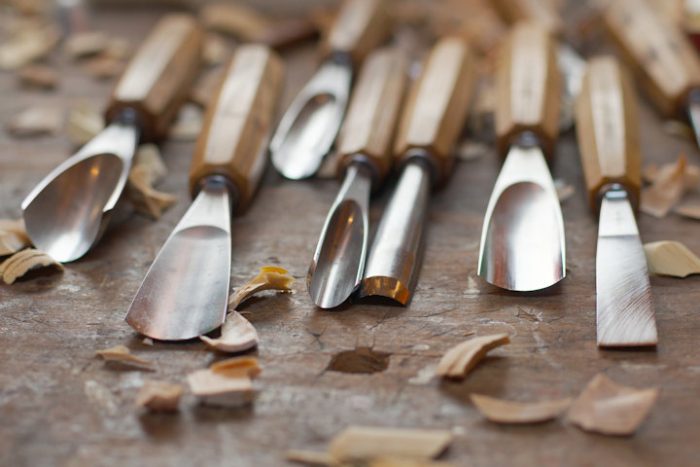While fishing, besides fishing rods, any angler needs several fishing types knife, and not just a kitchen or a pen-chin one, but a special sharp pocket knife that cuts fish, food, and a fishing line
Even primitive people used stone knives, then our ancestors learned how to produce steel blades. And today, living in the age of all kinds of technologies, we still use knives in many areas of our life. Fishing is one of them. Some believe that a kitchen knife is suitable for one-day fishing. And if you look at it from the other side – an excellent fishing types knife can be useful in everyday life.

A fishing pocket knife is a blade of wide functionality. As an assistant, it is involved in catching and cutting fish, making a bonfire, cutting food, and many other things. The material from which the knife is made must be suitable even for the environment with high humidity.
Many believe that there is no universal knife. Each fisherman knows the tasks he has to face while fishing and takes several cutting items with him for different purposes. Most often, a classic and a cutting knife is included in the fishing types kit, sometimes multitools like Swiss army knives are added.
Requirements
A large variety of types of knives makes it harder to choose a suitable model than to facilitate it. After examining the requirements for such tools, and comparing them with their tasks, you can make the right choice. There are some stages in this. First, you need to find out what the material is used for the blade manufacture.
Material
The steel blade of a fishing knife must have an optimal hardness and be anticorrosion. The recommended hardness is endowed with steel makes from cts 204P 55 to 60 HRC. If the steel is softer, the cutting edge will often have to be sharpened. A blade that is too hard loses its flexibility and can break on impact, and not everyone knows how to sharpen a pocket knife in field conditions. Ligatures of various alloys affect the corrosion resistance. The more carbon compounds in the metal are, the more corrosive it is. Different variants of alloys are used for creating fishing penknives.
- They have to be sharpened often, but they easily react to abrasives, in field conditions the process is easy. The blade is quite flexible, it will not break. Steel is susceptible to corrosion, besides absorbing organic matter, delaying odors on the blade.
- They have a beautiful appearance, keep blades sharp longer, are less susceptible to rust and are easy to maintain. Blades of this steel cannot boast of special sharpness.
- The metal is very plastic with a homogeneous structure. It encompasses the anti-corrosion properties of alloyed and comfortable performance qualities of carbon steel. Powder blades require special care, they are polished and treated with gun oil.
- Damask steel. The metal has a hardness of 64 HRC, slightly superior to alloy steel. The cutting edge is kept sharp for a long time. The blade is easy to sharpen, not chipped. The perfect cut is achieved due to the correct grinding angle. Blades do not require special care, look spectacular due to the characteristic pattern of steel. These are expensive products obtained by a complex method of manufacture.
Blade
The shape of the knife blade depends on the tasks for which it was made. It has a different cutting edge and cutting angle.
- Straight edge. The axis of the tip and the butt of such a product are the same.
- Drop-point. To reduce the weight of the knife, except for the main edge, the second cutting blade is produced or a false blade is made on the butt make.
- Trailing point. In long blades, the upper edge is significantly overestimated.
- Clip-point. It has a low upper edge, with a convenient cut for piercing.
- The blade is endowed with a curved blade with a straight butt.
- Two cutting edges converge on the edge of the blade, making perfect symmetry.
Haft
The handle of the fishing pocket knife should fit snugly and comfortably in the hand of the fisherman. When choosing, you should pay attention to the material, understand whether tactile sensations are comfortable enough. Natural handles made of wood, leather or birch bark are more pleasant to the touch than synthetic materials. But when cutting fish, they absorb and retain a specific smell. In this case, plastic and rubberized surface significantly benefit. In addition, synthetic materials are easier to care for.
If the choice is made in favor of plastic, you should pay attention to the sliding characteristics of the material. The knife should not fall out of wet hands, even wearing rubber gloves. Metal handles weight the tool and freezes to the hand in the winter. In winter, it is pleasant and warm to hold the wood product, but it requires constant care. Rubber handles are convenient for fishing. Cracking in the cold can be considered their only minus.
Varieties
Fishing knives have different purposes, so they look different. We give the most popular types of blades for fishing.
- “Beluga” is a large product made of steel grade 95X18 for cutting big fish. The knife has a guard that protects the hand from slipping. It is also endowed with sharpening on the butt, helping to knock down the scales of fish. The blade is narrowed, with straight descents.
- “Splinter” is a universal knife model known as “angler-hunter” with low weight. It has a narrow blade – 1.8 cm, butt thickness – 2.4 mm. The steel grade 100X13M is used here. This small knife with a sharp blade and a short shaft is able to gut fish of any size and cope with the game.
- “Gudgeon” is a light reliable product of medium size and steel grade 95X18. The cut edge comes from the middle of the blade width. The pointed blade is designed for cutting fish of any weight. The tool is maneuverable, it performs any work accurately and quickly.
- Everyday carry folding knives are universal with various blades and accessories that are hidden in the handle. The folded model is safe, takes up little space, and can be carried in a pocket, which makes it an ideal pocket knife.
- Japanese is a professional knife for cutting fish, it has excellent elasticity. It is used for any work with fish. Using the finest blade, you can easily separate the fillets from the skin.
Fishing types knives are also classified as classic, cutting and fillet ones.
- Classic meets the purpose of a “hunter fisher”, therefore, is considered universal. It is often used by tourists in hikes.
- The cutting knife looks like a hatchet. The blade is not too long, has a thick butt. Suitable for butchering and planing fish.
- The fillet knife with a narrowed, slightly curved blade is intended not only for gutting fish. With it, the meat is easily separated from the skin and bones.
How To Choose?
Fishing knives are widely represented on the market by Finnish, Chinese, American manufacturers. Today you can buy a model for every taste and from different brands, just visit this website.
Choosing a knife, every fisherman knows what tasks it will have to perform. If you often have to gut and cut fish, buy fillet models. For the usual assistance to the fisherman, the classic version is sufficient. If you need a more convenient and easy to carry model, then pay attention to a flick knife or even lock knives.
However, in general, when choosing, pay attention to the following criteria:
- Steel should be of medium hardness, then the knife will not break from the blow, and will not require constant sharpening.
- You should not take carbon steel models for fishing types, such products rust from moisture.
- The best parameters of the blade are thin, narrow, flexible, with a straight blade and comfortable length.
- Butt will have to be of the moderate thickness or thin, otherwise, the knife will be too heavy.
- Choosing the handle, pay attention to the comfortable holding it in your hand. It is important that it does not slip. And the material from which the handle is made does not soak and absorb odors.
Fishing knives are chosen for different purposes, sometimes anglers prefer whole sets to single models. They are good at fishing, hiking, picnicking, even in everyday life. A beautiful exclusive handmade pocket knife is the best gift for any fisherman, especially if homemade leather or bark covers are included in the package. There is an opinion that knives cannot be given as gifts, but fishermen and hunters have their own views on these things. What opinion do you support?
Author’s bio: Fishing is the meaning of life. For a young angler, Thomas Glare, these are not just words, but rather a brief autobiography: spinning as a vacation, as a job, as a way to realize sporting ambitions. Despite young age, his name is well known in the sports get-together, regular victories in the most prestigious competitions and tournaments are a good reason to make a statement. And numerous publications in the press, active work on Internet resources helped develop a well-known author’s style.


